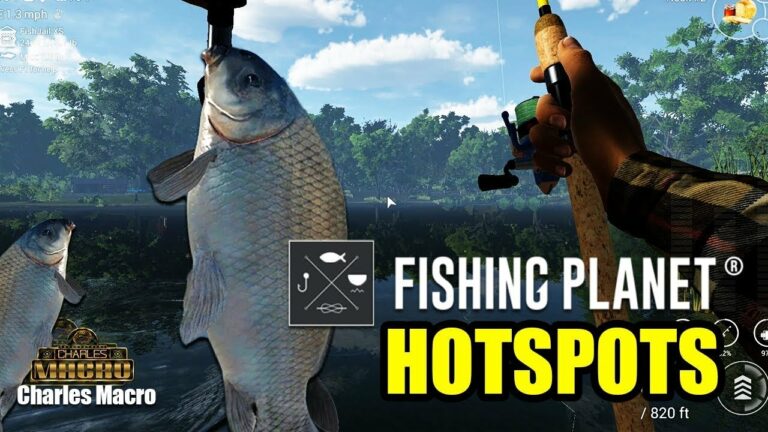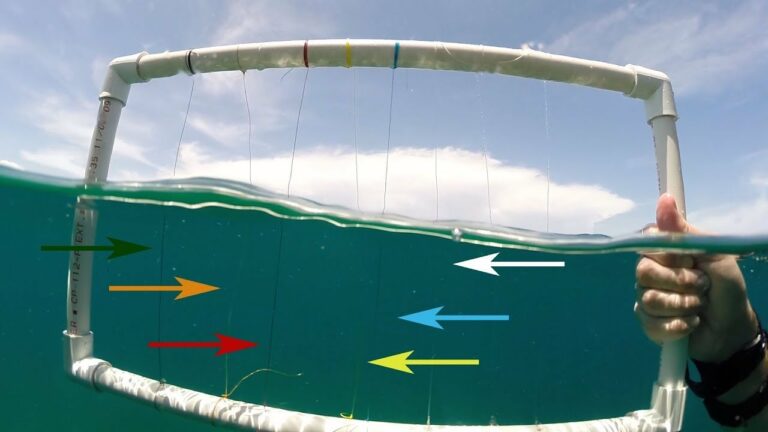Best Times to Fish in the Amazon (Seasonal Guide)
Today we discuss the Best Times to Fish in the Amazon. Many anglers worldwide dream of fishing in the Amazon due to its diverse ecosystem and plethora of fish species.
Understanding the optimal fishing times in the Amazon can significantly enhance the success and enjoyment of your fishing expedition.
This detailed guide will delve into the seasonal changes in the Amazon and recommend the most suitable times for fishing various fish species.
Best Times to Fish in the Amazon:
The Amazon Seasons:
The Amazon experiences two main seasons – the wet season and the dry season. These seasons play a significant role in determining the best times to fish in the region.
Wet Season
The wet season in the Amazon typically runs from December to May. During this time, water levels rise significantly, flooding vast areas of the rainforest. While fishing can be more challenging due to high water levels and fast currents, it can also be incredibly rewarding. Many fish species migrate to new areas to feed and spawn, providing ample opportunities for anglers.
Dry Season
The dry season in the Amazon usually lasts from June to November. Water levels recede, and many smaller tributaries dry up, concentrating fish in larger rivers and lakes. The dry season is considered by many anglers to be the best time for fishing in the Amazon, as fish are more concentrated and easier to target.
Best Times to Fish for Specific Species:
Different fish species have their own peak seasons in the Amazon. Here are some of the best times to fish for specific species:
1. Peacock Bass
Peacock bass are one of the most sought-after game fish in the Amazon. The best time to target peacock bass is during the early dry season (June to August) when water levels are low, and fish are concentrated in clearer waters.
2. Arapaima
Arapaima, also known as pirarucu, are giant freshwater fish that can reach lengths of over 10 feet. The best time to catch arapaima is during the late dry season (September to November) when they gather in shallow waters to breed.
3. Catfish
Catfish are abundant in the Amazon and can be targeted year-round. However, the wet season is considered ideal for catfish fishing, as they are more active in flooded areas and tributaries.
Tips for Fishing in the Amazon:
Fishing in the Amazon can present its own set of challenges. Here are some tips to help you make the most of your fishing trip:
- Use topwater lures for peacock bass during the early morning and late afternoon when they are most active.
- Be prepared for sudden changes in weather and water conditions, especially during the wet season.
- Respect local regulations and conservation efforts to help preserve the Amazon’s fragile ecosystem.
Planning Your Fishing Trip:
Before embarking on a fishing trip to the Amazon, it’s essential to plan and make necessary arrangements. Here are some steps to consider:
- Research reputable fishing lodges or guides in the region.
- Pack appropriate gear for tropical conditions, including sun protection and insect repellent.
- Check visa requirements and health precautions for traveling to the Amazon.
Conservation Efforts in the Amazon:
The Amazon rainforest faces numerous threats, including deforestation and illegal fishing practices. As anglers, it’s crucial to support conservation efforts that aim to protect this vital ecosystem.
Conclusion:
Fishing in the Amazon is a bucket-list experience for many anglers. By understanding the seasonal variations and peak times for different fish species, you can maximize your chances of a successful fishing trip in this unparalleled paradise of biodiversity.
Whether you’re targeting peacock bass in clear waters or chasing giant arapaima in shallow lagoons, the Amazon offers endless opportunities for unforgettable fishing adventures. Plan your trip wisely, respect nature, and come prepared for an experience like no other in the heart of the world’s largest rainforest.

